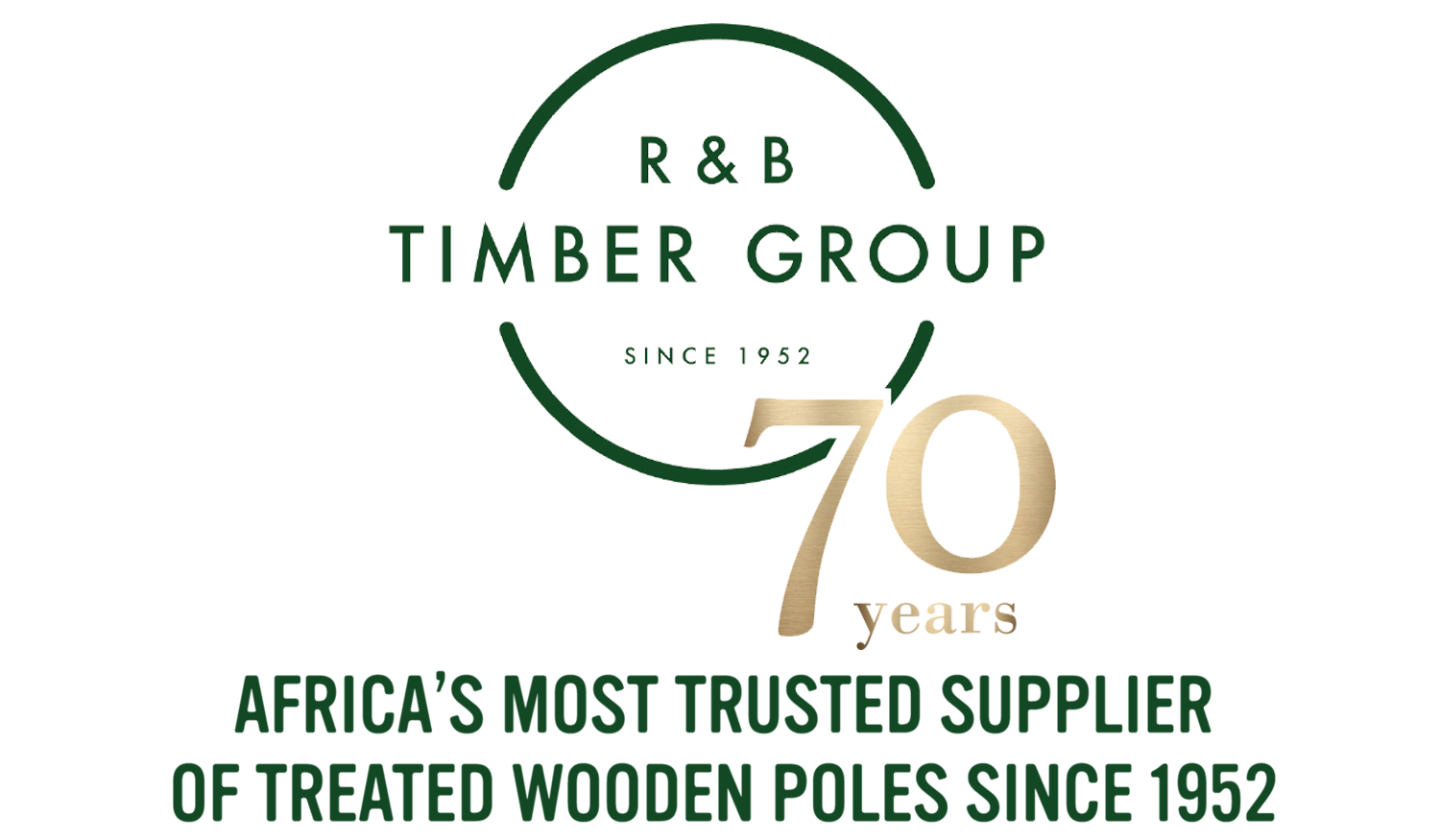THIS LIST OF FACTS ABOUT TIMBER WILL HELP YOU MAKE THE RIGHT CHOICE AND REDUCE YOUR CARBON FOOTPRINT
Timber is sustainable and a proven renewable resource, unlike other building materials used in South Africa and internationally which contribute to global warming.
Timber has the lowest embodied energy compared to other conventional building materials. A ton of kiln dried sawn timber uses less energy compared to a ton of another building material for example: 4 times more energy to produce bricks, 5 times more energy to produce concrete, 6 times more energy to produce glass, 24 times more energy to produce steel and 126 times more energy to produce aluminium.
New plastics are produced from fossil fuels or oil. A non renewable resource which will become scarce and is not eco friendly. Recycled plastics have an expensive and low recovery rate from waste material. Both give off toxic poisons during production which contribute to climate change. Durable plastics have an average lifespan of 34 years and that is shortened if it is in direct ultra violet or sunlight. Plastics are also a very dangerous hazard when it comes to fire. It melts and gives off very poisonous fumes.
Up to 50% of the weight of dry timber is made up of carbon taken through photosynthesis out of the atmosphere. Trees produces up to ?? of a ton of oxygen for every cubic meter of growth.
Up to 70% of the developed or first world homes are made from timber due to energy savings.
Timber is a natural insulator and is 5 times better than concrete, 10 times better than brick and 350 times better than steel.
Timber has been a long tried and tested natural material. A timber building will last as long as a mortis and brick structure. The oldest timber structure is a Buddhist Temple in Japan. Called the Temple of the Flourishing Law which is over 1400 years old and was built around 607AD. New sealants and preservatives are also protecting timber from moisture and insect attack far better than before.
Timber will only char on the outside, creating a carbon layer which slows down the speed of combustion and protects the centre, which will stand by its structural integrity, dependent on the thickness. So in terms of a fire, timber is your safer option.
Easy and fast erection from foundation to hand over of keys.
Timber waste such as sawdust, bark, plank off cuts and branch wood are also utilised. For example: fuel pellets for heating, bedding for livestock and poultry farmers, firewood, bark mulch for nurseries, organic compost filler etc.
Timber increases in value on a yearly basis and therefore will increase the value of your home or other investment.
Studies have proven that it is healthier to have wood in your living area, as it creates a feeling of comfort and it is environmentally friendly. Choose timber to reduce your carbon foot print!

